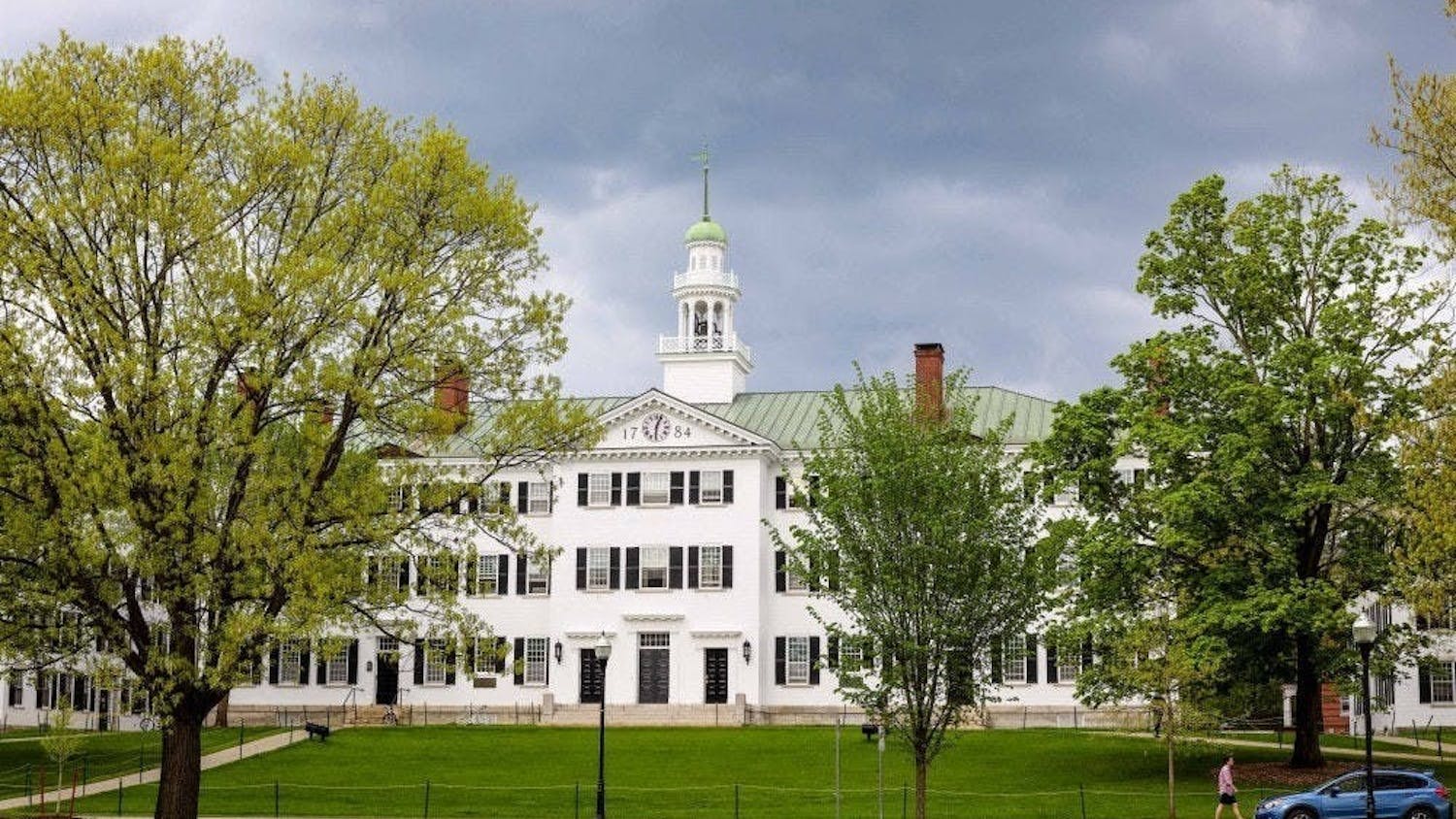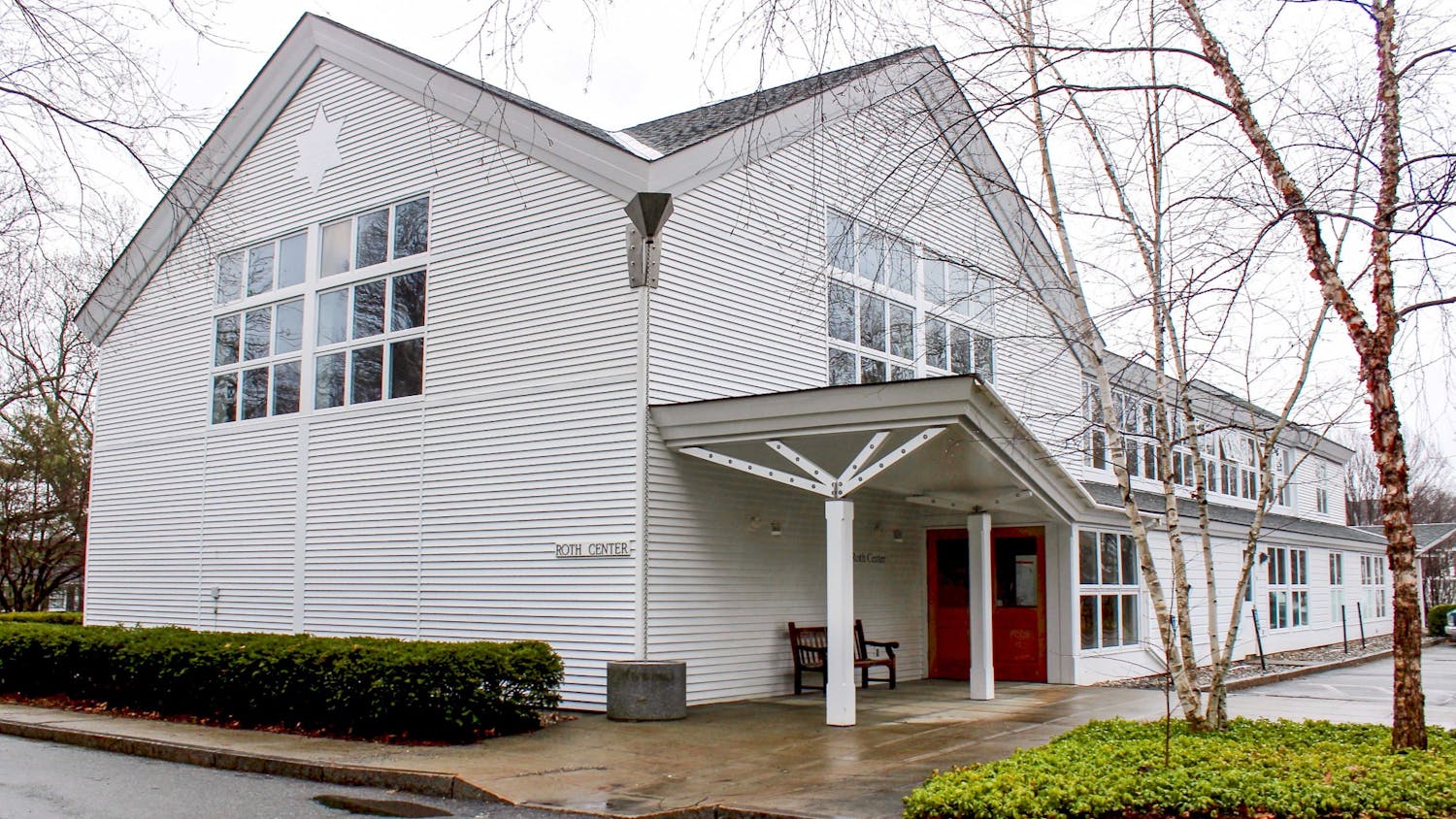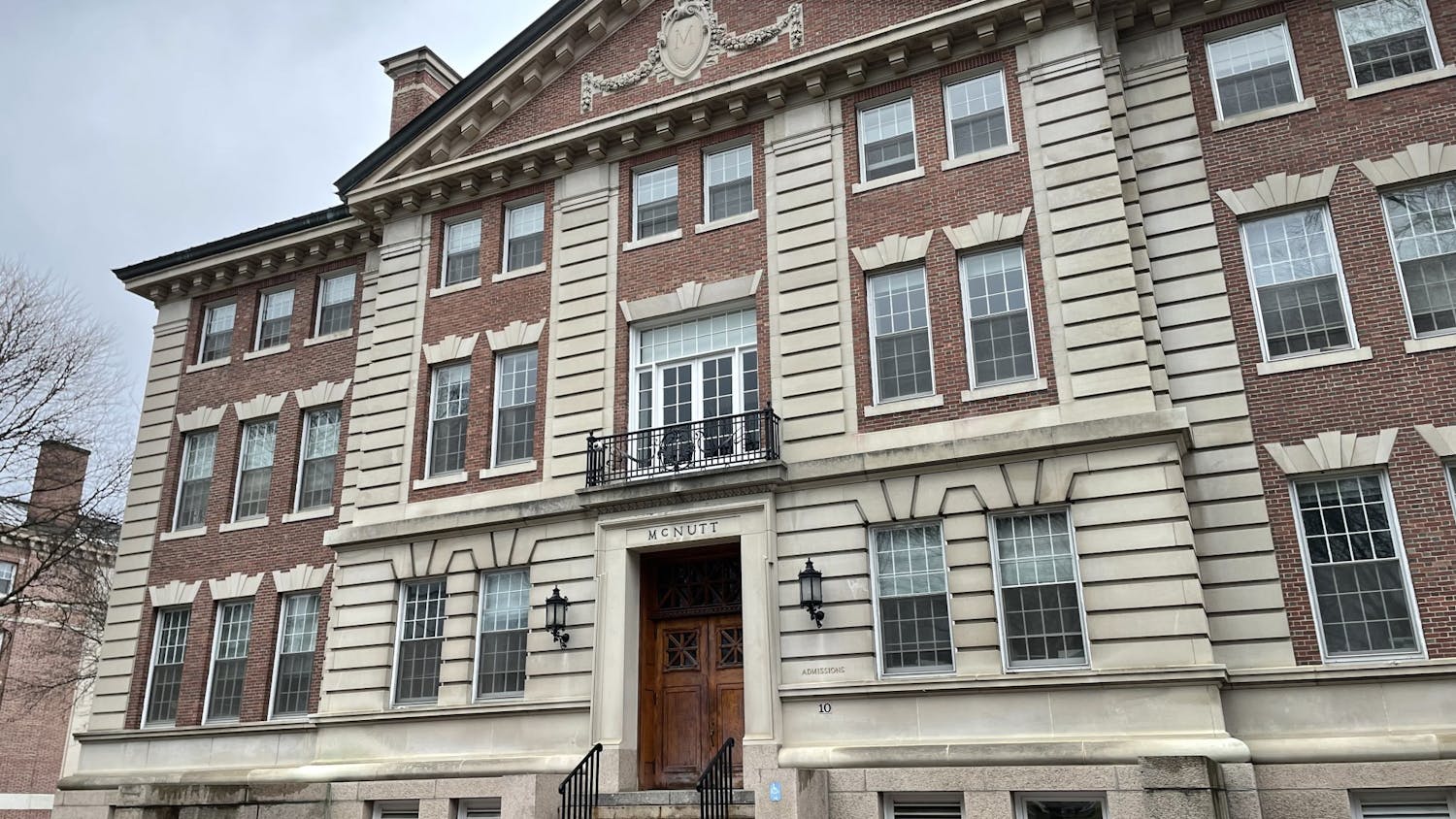The Upper Valley has seen a rise in the number of heroin overdoses in the past few months, and the rise has been partly attributed to a fentanyl–laced batch of heroin being distributed throughout the area.
Fentanyl, an opioid generally used in hospitals as a painkiller, amplifies heroin’s potency when mixed with the drug.
Hartford police decided to test for a laced substance in heroin after receiving reports of nine overdoses in the past month, two of which resulted in fatalities, Hartford deputy police chief Leonard Roberts said. This number combines reported overdoses from Windsor, Hartford and Canaan.
“Prior to now, we have seen one or two overdoses in the past couple of years, but it was nothing like it is now,” Hartford deputy police chief Braedon Vail said.
Vail added that he suspects that the number of people using heroin has also increased, as it is readily available and cheap in the area. The higher drug use rate contributes to the number of overdoses that have occurred recently, he said.
The first reported overdose in Hanover occurred over Homecoming weekend, Hanover Town Manager Julia Griffin said, called the overall situation “concerning.”
Griffin noted, however, that she does not think the increase in heroin usage has been a significant problem at Dartmouth.
In June 2013, Safety and Security notified campus that tainted heroin, possibly linked to Dartmouth, may have caused the death of an Upper Valley resident. The Associated Press had reported the previous month that some Vermont and New Hampshire towns saw a rise in heroin use.
Lebanon deputy police chief Phillip Roberts said he could recall two overdoses that had been reported to the Lebanon police department. While the town is not experiencing the same spike in reported heroin overdoses as other places in the Upper Valley, there has been a significant surge in the amount of people using the drug in Lebanon, he said.
Mark Helijas, executive director of the Second Winds Foundation — a community recovery center that aims to provide long-term support for addicts — said he has noticed a pattern among heroin addictions.
People begin by taking prescription painkillers for an injury and, once they discover that the drugs provide a pleasant high, they begin going to the streets to find it. Prescription painkillers are expensive, so many individuals turn to heroin, which is cheaper and provides a similar high.
Both Helijas and Ed Rajsteter, executive director of Headrest — a residential treatment facility for addicts or those in crisis — called the rise in heroin usage in the area an “epidemic.”
Rajsteter said that Headrest has not been doing anything differently to combat the surge in heroin-related deaths, as Headrest can only treat individuals who come to the organization voluntarily.
During his 2014 State of the State address, Gov. Peter Shumlin, D-Vt., made combating drug abuse a priority, saying the drug addiction problem in Vermont has become “full-blown heroin crisis.” Along with other facts, he said Vermont has seen a 250 percent increase in the number of individuals receiving heroin treatment since 2000.
Recently, New England has experienced a significant rise in the number of heroin-induced overdoses linked to fentanyl. Specialists believe that drug cartels in Mexico add the opioid to make heroin many times more powerful, the Boston Globe reported in June. The laced heroin is then shipped to the U.S., where it is sold to addicts who may be unaware of its increased potency.



